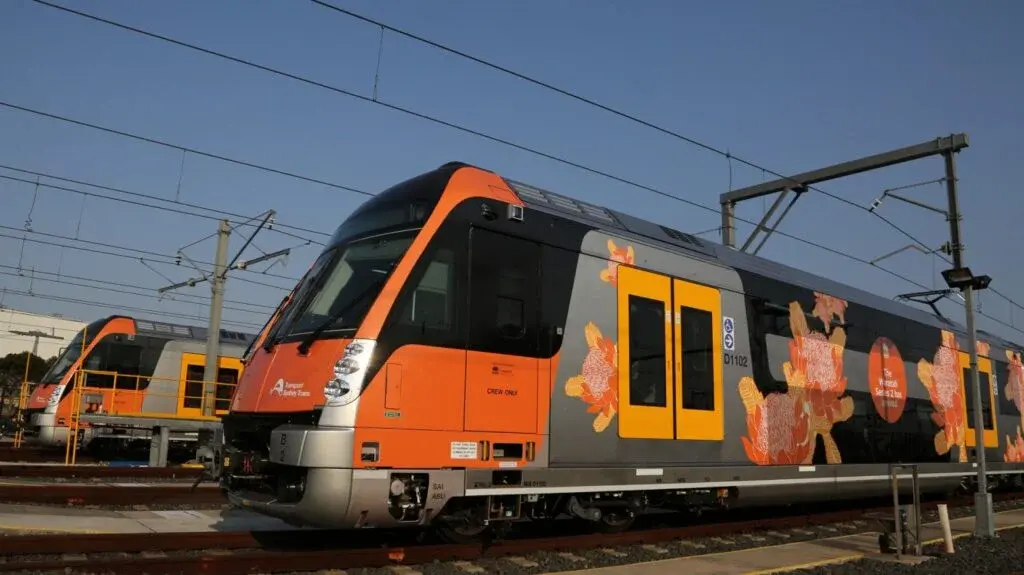Sydney Trains
Sydney Trains embraces a cloud-first strategy with codeless test automation
regression test automation for existing applications
default
reduction in testing time
default
mobile devices to support in the field
default

Company overview
For 160 years, the Sydney Trains division of Transport for NSW has provided essential transport services to the residents of Sydney, Australia. More than just a way to get to and from work, their initiatives focus on creating a safe, efficient, cost-effective, and enjoyable service that meets the growing levels of freight and passenger demand – which is expected to reach 40,000 customers per hour by 2024.
“Our goal is to serve the public and to move them safely on their full journey – spanning their service on roadways, waterways, and trains,” says Ernie Lam, Senior Manager of Digital Products and Applications at Sydney Trains. “We look at transport as a whole, not just point to point. We want to get you all the way from your home to wherever you want to go and ensure your travels are as seamless as possible in an exceptionally large area.”
Achieving such a goal is dependent on both prebuilt and custom internal systems. These applications are designed to ensure a seamless travel experience for travelers, deploy management and safety tools for the million trips taken per day in Sydney, and facilitate the daily journeys of thousands of individuals. In addition to maintaining existing software in the tech stack, the development and testing teams work closely together to deploy new applications and feature sets throughout the year. Many of these applications are designed to run on 10,000+ mobile iOS devices, including iPhones and iPads, as part of Transport for NSW’s cloud-first strategy.
 Industry: Other
Industry: Other Products:
Products:
